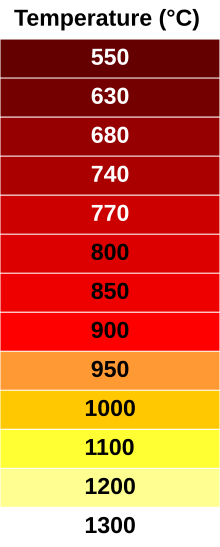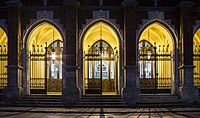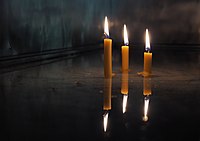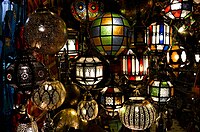Incandescence
Incandescence is the emission of electromagnetic radiation (including visible light) from a hot body as a result of its high temperature.[1] The term derives from the Latin verb incandescere, to glow white.[2] A common use of incandescence is the incandescent light bulb, now being phased out.
Incandescence is due to
Observation and use
In practice, virtually all solid or liquid substances start to glow around 798 K (525 °C; 977 °F), with a mildly dull red color, whether or not a chemical reaction takes place that produces light as a result of an exothermic process. This limit is called the Draper point. The incandescence does not vanish below that temperature, but it is too weak in the visible spectrum to be perceptible.
At higher temperatures, the substance becomes brighter and its color changes from red towards white and finally blue.
Incandescence is exploited in incandescent light bulbs, in which a filament is heated to a temperature at which a fraction of the radiation falls in the visible spectrum. The majority of the radiation, however, is emitted in the infrared part of the spectrum, rendering incandescent lights relatively inefficient as a light source.[3] If the filament could be made hotter, efficiency would increase; however, there are currently no materials able to withstand such temperatures which would be appropriate for use in lamps.
More efficient light sources, such as
Sunlight is the incandescence of the "white hot" surface of the Sun.
See also

- Black-body radiation
- Red heat
- List of light sources
- luminescence (light emission by substances not resulting from heat)
References
- ^ Dionysius Lardner (1833). Treatise on Heat. Longman, Rees, Orme, Brown, Green & Longman. p. 341.
The state in which a heated body, naturally incapable of emitting light, becomes luminous, is called a state of incandescence.
- ^ John E. Bowman (1856). An Introduction to Practical Chemistry, Including Analysis (Second American ed.). Philadelphia: Blanchard and Lea. p. 283.
incandesce 0-1860.
- ^ William Elgin Wickenden (1910). Illumination and Photometry. McGraw-Hill. p. 3.
incandescent low-efficiency blackbody.
- ISBN 9781613123966.



